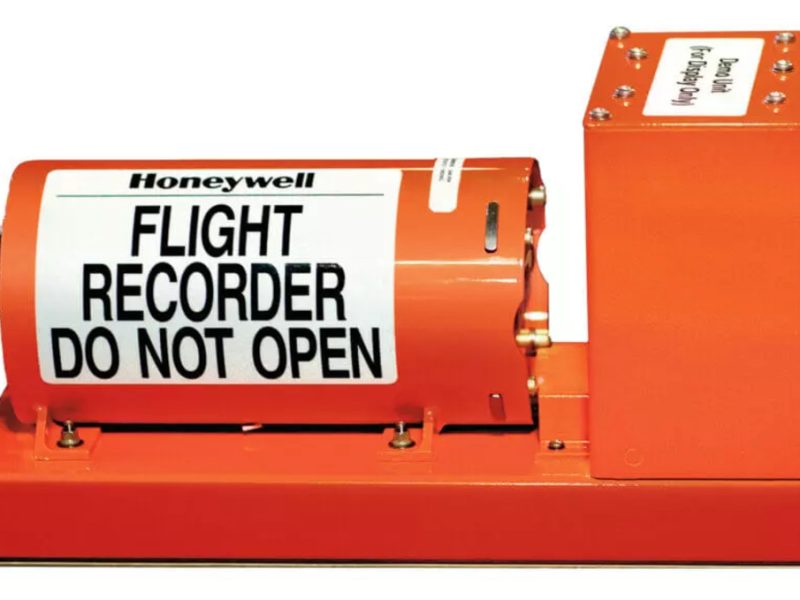The Black Box: A recent Air India crash involving a flight from Ahmedabad to London has brought aviation safety into sharp focus. The tragic incident, which occurred shortly after takeoff, led to loss of life and significant damage. As investigators seek answers, all eyes turn to a crucial device onboard every aircraft — the black box.
What Exactly Is a Black Box?
The term “black box” refers to two vital recording devices onboard an aircraft:
- Cockpit Voice Recorder (CVR) – captures audio inside the cockpit, including conversations between crew and ambient sounds.
- Flight Data Recorder (FDR) – stores detailed flight parameters like altitude, speed, and control inputs.
Together, they serve as the aircraft’s memory, preserving crucial data for post-crash analysis.
Origins of the Black Box
The black box was invented in the 1950s by Dr. David Warren, an Australian scientist. His inspiration came after investigating a crash where the cause remained unknown. Initially met with skepticism, his invention eventually became a mandatory fixture in commercial aircraft, revolutionizing air safety investigations.
How Does It Work?
Black boxes are built to survive the unimaginable. Their rugged construction enables them to withstand:
- Massive impact forces
- Temperatures exceeding 1,000°C
- Ocean depths of over 20,000 feet
The FDR can log data for several flights, enabling engineers to trace patterns or failures. CVR recordings, meanwhile, help recreate the flight’s final moments, providing context and human insight.
The Misleading Name
Despite its name, a black box isn’t black at all — it’s bright orange with reflective strips. This high-visibility design helps recovery teams locate it amid debris. The name “black box” comes from early computing terminology, referring to a system whose inner workings are not visible or easily understood.
How Is It Recovered and Analyzed?
Typically housed in the aircraft’s tail — the area least likely to be destroyed — the black box emits locator signals if submerged. Once found, it is sent to specialized labs like the Digital Flight Data Recorder and Cockpit Voice Recorder Laboratory in Delhi for thorough analysis and repair, if necessary.
Are There Limitations?
Though black boxes are vital tools, they are not foolproof. There have been rare but critical cases — such as Malaysia Airlines Flight MH370 — where the black box was never recovered, leaving many questions unanswered. Such incidents highlight both the value and the limitations of current technology.
Final Thoughts
The black box remains one of the most critical tools in understanding air disasters. As aviation technology advances, so too will the reliability and sophistication of these devices. In every investigation, it silently tells the story of what happened — and sometimes, why it did.












